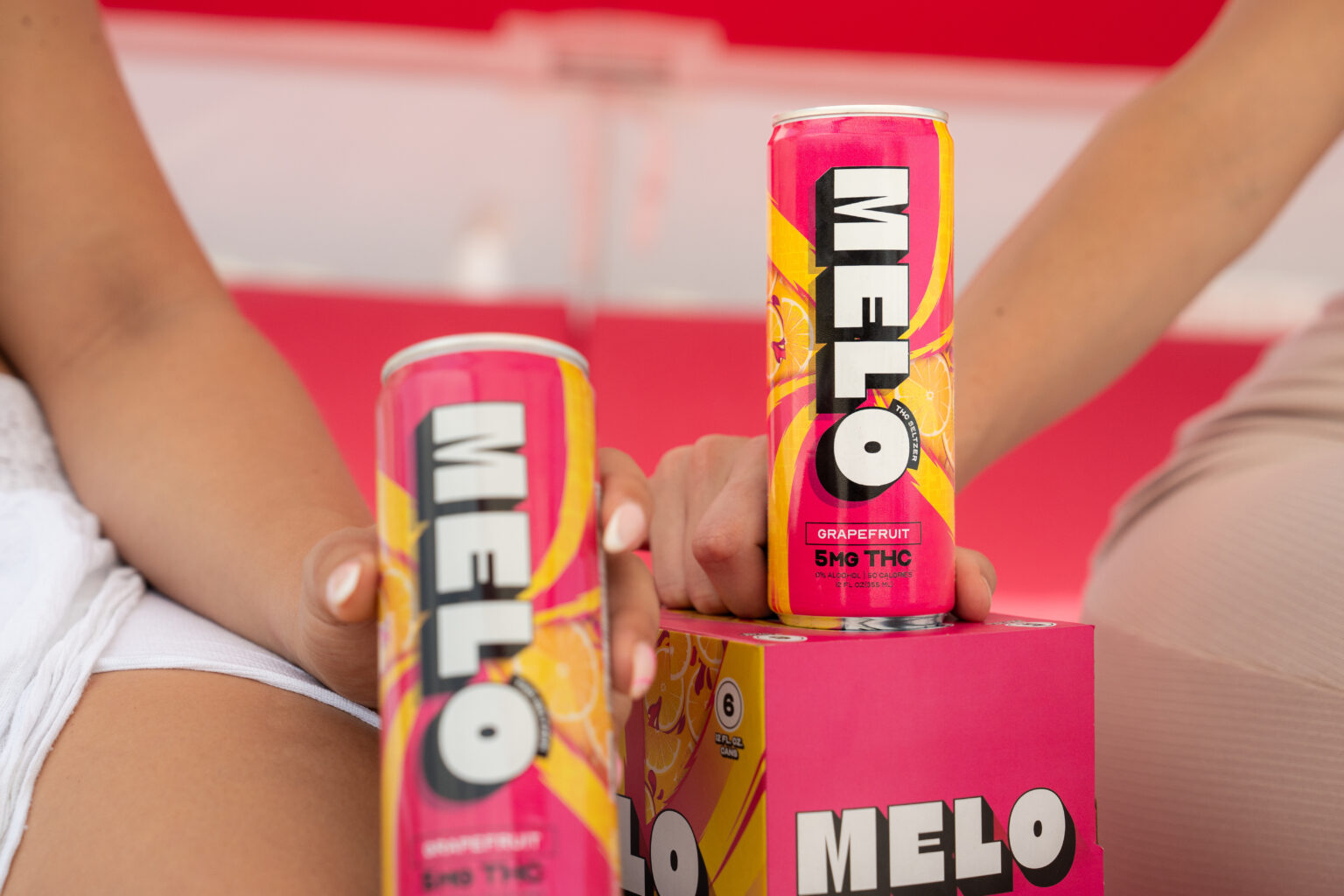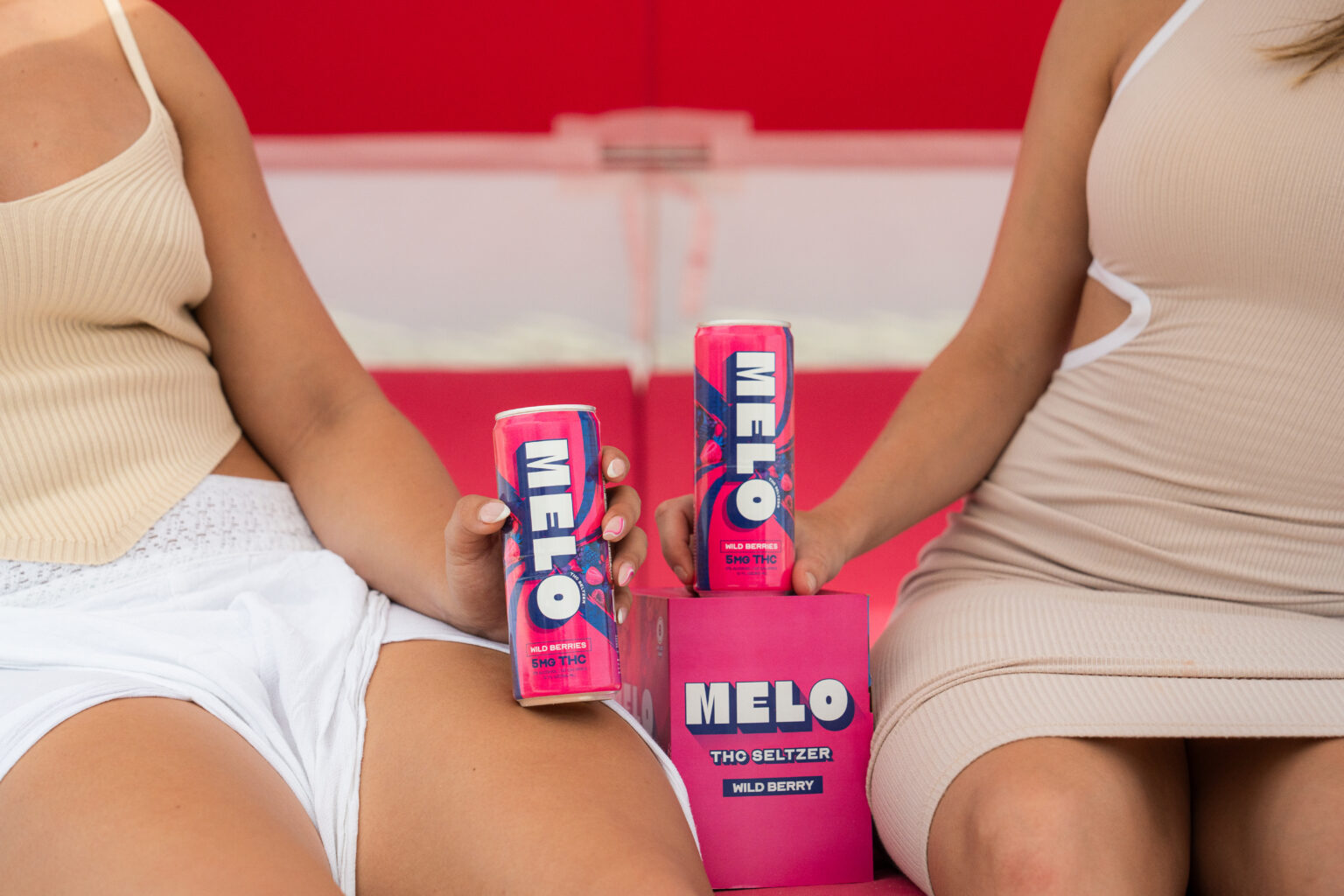Cannabis Extraction

Cannabis extraction is the process of isolating specific compounds from the cannabis plant, primarily cannabinoids like THC and CBD. This process involves various techniques, each with its own pros and cons, to create concentrates that can be used in a wide range of products, including edibles, tinctures, vape cartridges, and even beverages.
Understanding extraction methods is crucial for discerning consumers seeking quality cannabis products, especially those looking for the precise effects desired from their chosen beverage.
Infusion Techniques
Infusion techniques play a crucial role in creating flavorful and effective cannabis beverages. These techniques involve integrating cannabinoids from extracted cannabis into the drink itself.

- Direct Infusion: This method involves steeping dried or fresh cannabis material directly in the beverage for an extended period, often requiring heat to facilitate extraction. It’s a simple approach but may result in inconsistent potency and undesirable flavors if not carefully controlled.
- Decarboxylation followed by Infusion:** Decarboxylation is the process of heating cannabis to activate THC. This step can be done separately before infusion or during the infusion process itself. It ensures that THC is properly activated for desired effects.
- Emulsion Techniques:** These methods involve breaking down cannabinoids into smaller particles using emulsifiers, allowing them to better disperse throughout the beverage. Common techniques include homogenization and sonication.
Flavoring and Formulation
## Health Benefits & Considerations
Choosing the right infusion technique is key to delivering both flavor and efficacy in cannabis beverages. Each method offers unique advantages and considerations for achieving a balanced and enjoyable experience.
Direct infusion, while simple, can be challenging to control, leading to inconsistencies in potency and potential off-flavors if not carefully monitored. Decarboxylation before or during infusion ensures that THC is activated, maximizing the desired psychoactive effects.
Emulsion techniques, by breaking down cannabinoids into smaller particles, allow for better distribution and potentially smoother consumption. These methods often result in clearer beverages with less sediment.
Potential Therapeutic Uses
Cannabis beverages offer a modern and convenient way to consume cannabis, allowing users to experience the potential therapeutic benefits of cannabinoids in a more socially acceptable format.
- Pain Management: Cannabinoids like THC and CBD have analgesic properties that can help manage chronic pain conditions, including arthritis, nerve pain, and migraines.
- Anxiety and Depression Relief: Research suggests that certain cannabinoids, particularly CBD, may have anxiolytic and antidepressant effects. Cannabis beverages could potentially offer a natural alternative for managing these mental health conditions.
- Nausea and Vomiting Reduction: THC has been proven effective in reducing nausea and vomiting, making cannabis beverages a potential aid for individuals undergoing chemotherapy or experiencing morning sickness.
It’s important to note that the therapeutic effects of cannabis can vary significantly depending on individual factors, including body chemistry, dosage, and the specific strain of cannabis used.
Dosage and Consumption Guidelines
### Cannabinoid Interactions
## Market Trends
### Growing Consumer Demand
### Emerging Beverage Categories
### Packaging Innovations
## Future of Cannabis Beverages
### Technological Advancements
### Expanding Product Range
### Global Market Potential
Cannabinoid interactions play a crucial role in determining the overall effect of cannabis beverages. The interplay between THC and CBD, as well as other cannabinoids like CBN and CBG, can influence the intensity and type of psychoactive experience, along with potential therapeutic benefits.
The market for cannabis beverages is experiencing significant growth, driven by increasing consumer demand for convenient and discreet ways to consume cannabis. This trend is fueled by changing social attitudes toward cannabis, legalization efforts in various regions, and the development of innovative product formulations.
Consumers are increasingly seeking out cannabis beverages that cater to specific needs and preferences. Emerging beverage categories include functional drinks with added adaptogens or nootropics, low-THC options for daytime use, and sparkling water infused with cannabis for a refreshing experience.
Packaging innovations are playing a key role in enhancing the appeal and functionality of cannabis beverages. Sustainable materials, sleek designs, and child-resistant packaging are becoming increasingly common to meet evolving consumer expectations and regulatory requirements.
The future of cannabis beverages holds tremendous potential for expansion and innovation. Technological advancements, such as precision dosing systems and improved extraction methods, will continue to enhance product quality and consistency.
Expanding product ranges will likely include a wider variety of flavors, formats, and functional benefits. The global market for cannabis beverages is expected to grow substantially in the coming years as more regions legalize recreational or medicinal cannabis.
Shop THC drinks with quick absorption technology
Raindrops and Ribbons
Sylvie Nissen
- Why Breadcrumbing Is One Of The Most Subtle Forms Of Manipulation In Relationships - November 11, 2025
- What Is The Average Age For Cheek Fillers? - November 10, 2025
- What Age Is Too Late For A Facelift? - November 7, 2025
